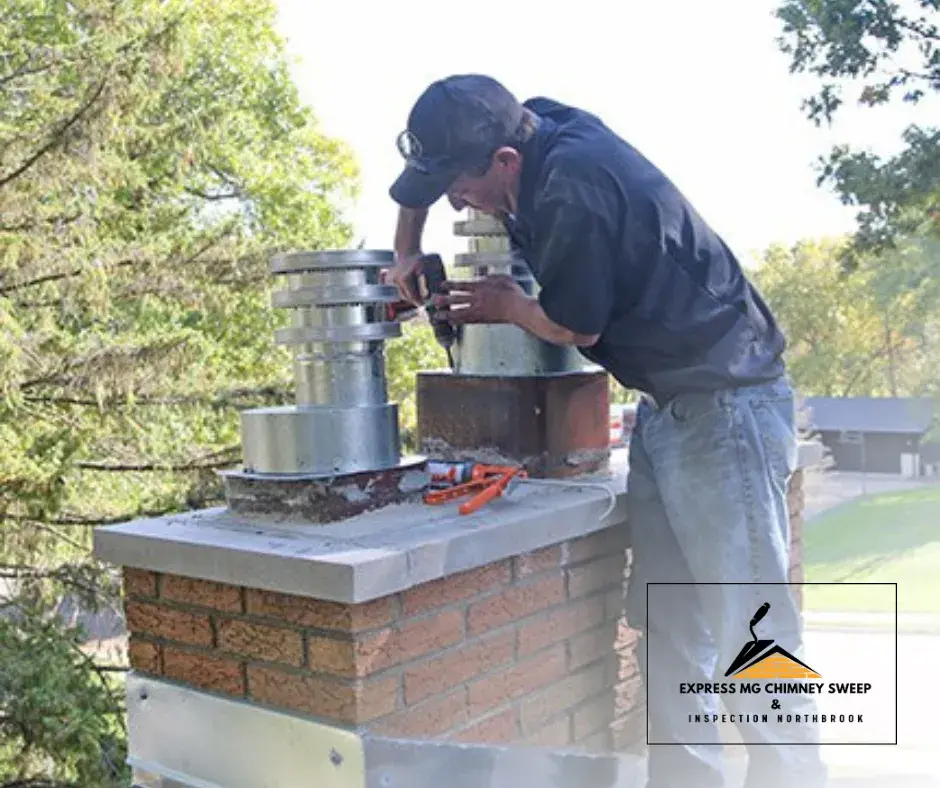Leaking chimneys can lead to costly damage if left unchecked. Stains, odors, and structural issues are among the top signs of a potential problem. Brown or dark streaks running down your walls, ceiling discoloration near the chimney, or water pooling at the base are classic indicators. These stains often result from moisture breaching the masonry or flashing.
Another clear warning sign is a musty odor. Moisture inside the chimney can interact with soot or debris, producing an unpleasant smell that seeps into your home. Additionally, physical degradation, such as cracked mortar joints or spalling bricks, suggests that water has penetrated the structure, weakening its integrity.
Understanding Why Chimneys Leak
The causes of chimney leaks vary, and addressing the root issue is essential for effective chimney repair. Damaged flashing is a frequent culprit. The metal barrier meant to seal the gap between your chimney and roof may deteriorate over time, creating entry points for water. Improper installation or weather-related wear accelerates this process.
Cracks in the chimney crown also contribute to leaks. This protective cap, designed to keep water out, can develop fissures due to repeated freeze-thaw cycles. Left unrepaired, these cracks allow water to seep down the flue and into your home.
Clogged or absent chimney caps are additional causes of water infiltration. A functioning cap shields the flue from rain while allowing smoke and gases to escape. Without it, water freely enters, damaging both the interior and exterior components.
Steps to Take When You Notice a Problem
Once you spot signs of leakage, swift action is vital to prevent further damage. Start by arranging a professional chimney inspection. Experts assess the extent of the issue, identifying areas needing immediate attention. Repairs may involve resealing flashing, fixing mortar joints, or replacing a damaged chimney crown.
Applying a water-repellent coating to your chimney is a proactive measure to guard against future leaks. This treatment allows moisture trapped inside to escape while keeping additional water out. Regular maintenance, such as cleaning and inspecting your chimney annually, minimizes the risk of recurring issues.
For severe cases, chimney rebuilding or chimney repair may be necessary to restore structural integrity. This ensures a safe, functional chimney and provides long-term protection for your home.
Read More:

